The Japanese Period in the Northern Marianas, spanning from 1914 to 1944, marks a significant era in the history of these islands, characterized by profound socio-economic transformations, cultural exchanges, and geopolitical shifts. This article delves into the multifaceted dimensions of this period, exploring the archaeological evidence, historical context, economic developments, societal changes, and educational initiatives that shaped the Northern Marianas under Japanese rule.
Archaeological Insights and Research Methodologies
Archaeological studies of Japanese period sites in the Northern Marianas provide invaluable insights into this historical epoch. Discoveries such as slabs and water cisterns reveal the extensive presence of the Japanese on these islands. Moreover, these studies uncover aspects of daily life and occupation that may not be fully documented in historical records. However, the reliance on primary source documents remains crucial, highlighting the need for further research into untranslated Japanese records and oral histories, which offer unique perspectives on the period.
Japan’s Interest in Micronesia: Historical Context
To understand Japan’s engagement with Micronesia during this period, it is essential to contextualize it within Japan’s broader historical trajectory. In the mid-19th century, Japan underwent a transformative period known as the Meiji Restoration, transitioning from a feudal society to a modern industrialized nation. This transformation was accompanied by a shift in foreign policy, with Japan seeking to emulate Western colonial powers and establish its sphere of influence in the South Seas.
World War I and Japan’s Acquisition of German Colonies
The outbreak of World War I provided Japan with an opportunity to assert its imperial ambitions in Micronesia by seizing control of German colonies. Japan’s alliance with Britain, combined with its desire for territorial expansion and access to raw materials, motivated its involvement in the conflict. Following the war, the League of Nations granted Japan a Class C mandate to administer the islands, albeit with restrictions on fortification.
Economic Development and Social Impact
Under Japanese rule, the Northern Marianas experienced significant economic development, driven primarily by the sugar industry. Matsue Haruji’s Nanyo Kohatsu Kaisha played a pivotal role in expanding sugarcane plantations and modernizing agricultural practices. However, this economic growth was accompanied by environmental degradation and social upheaval, as indigenous populations were marginalized and subjected to a rigid social hierarchy.
Education and Cultural Transformation
Japanese colonial authorities implemented educational reforms aimed at promoting Japanese language and cultural assimilation among local populations. Schools such as Kogakko and Shogakko were established to educate both indigenous and Japanese children, emphasizing obedience, hard work, and loyalty to the state. Furthermore, the promotion of Shintoism and militarism reflected Japan’s efforts to instill nationalistic values among the island’s inhabitants.
Wartime Challenges and Conclusion
The onset of World War II brought unprecedented challenges to the Northern Marianas, culminating in Japan’s attack on Pearl Harbor and subsequent occupation by Allied forces. This marked the end of the Japanese Period in the Northern Marianas, leaving behind a complex legacy of economic development, cultural assimilation, and social transformation.
In conclusion, the Japanese Period in the Northern Marianas was a transformative epoch characterized by rapid economic growth, cultural exchange, and geopolitical realignments. Despite its challenges and controversies, this period continues to shape the historical narrative of the Northern Marianas and remains a focal point of scholarly inquiry and public discourse.

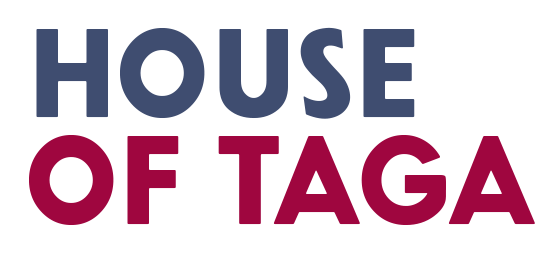

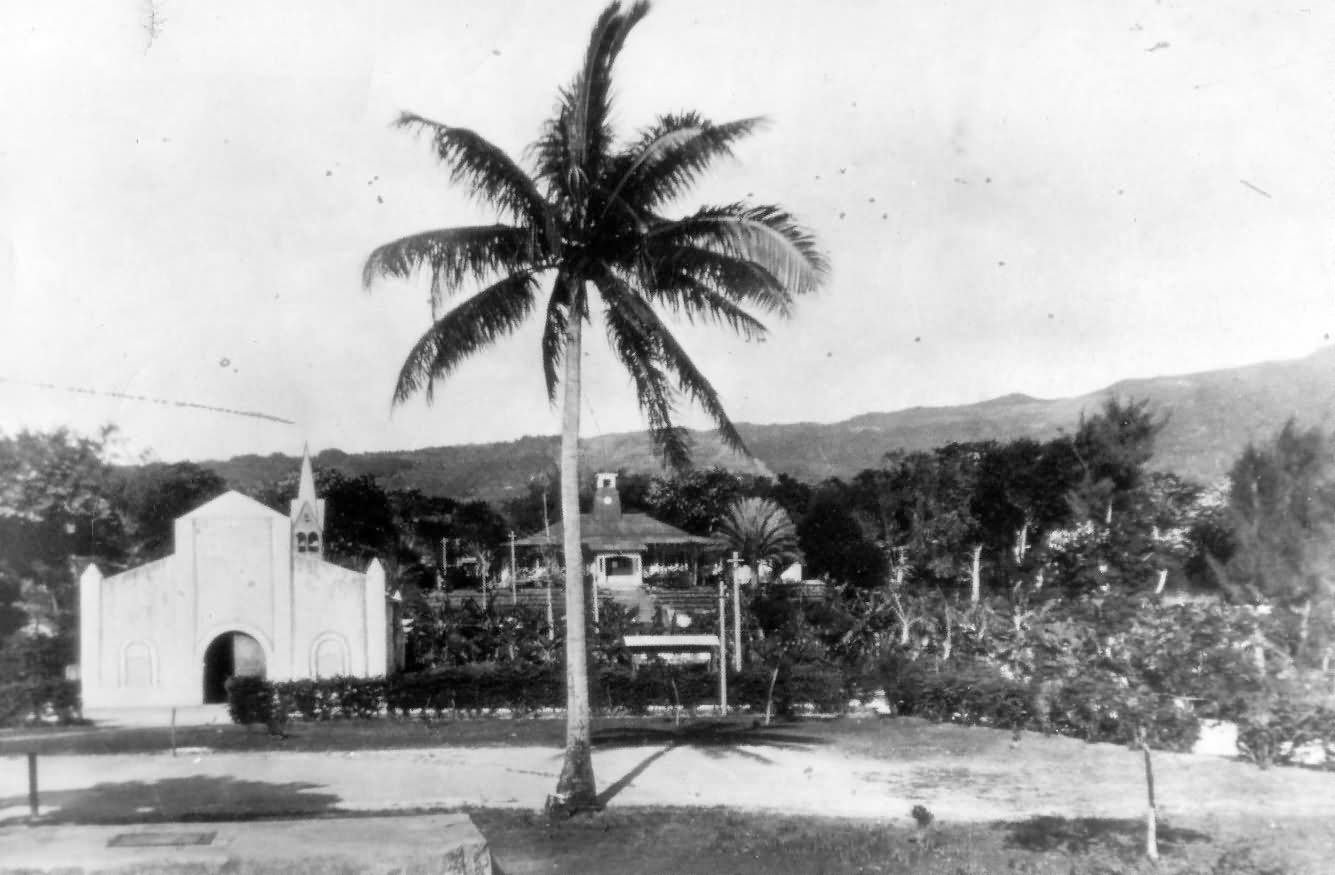
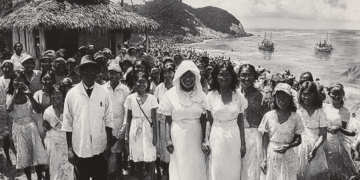
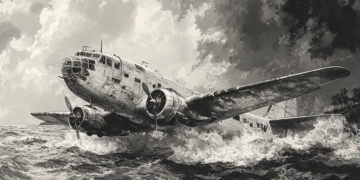

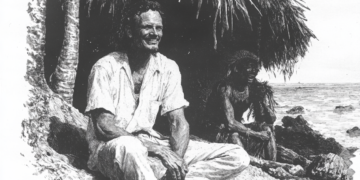
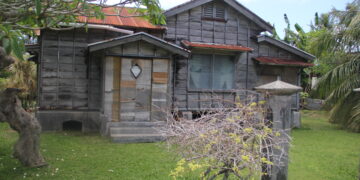
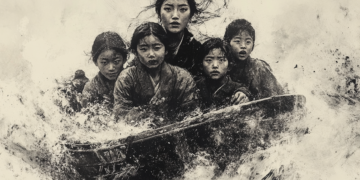



Discussion about this post